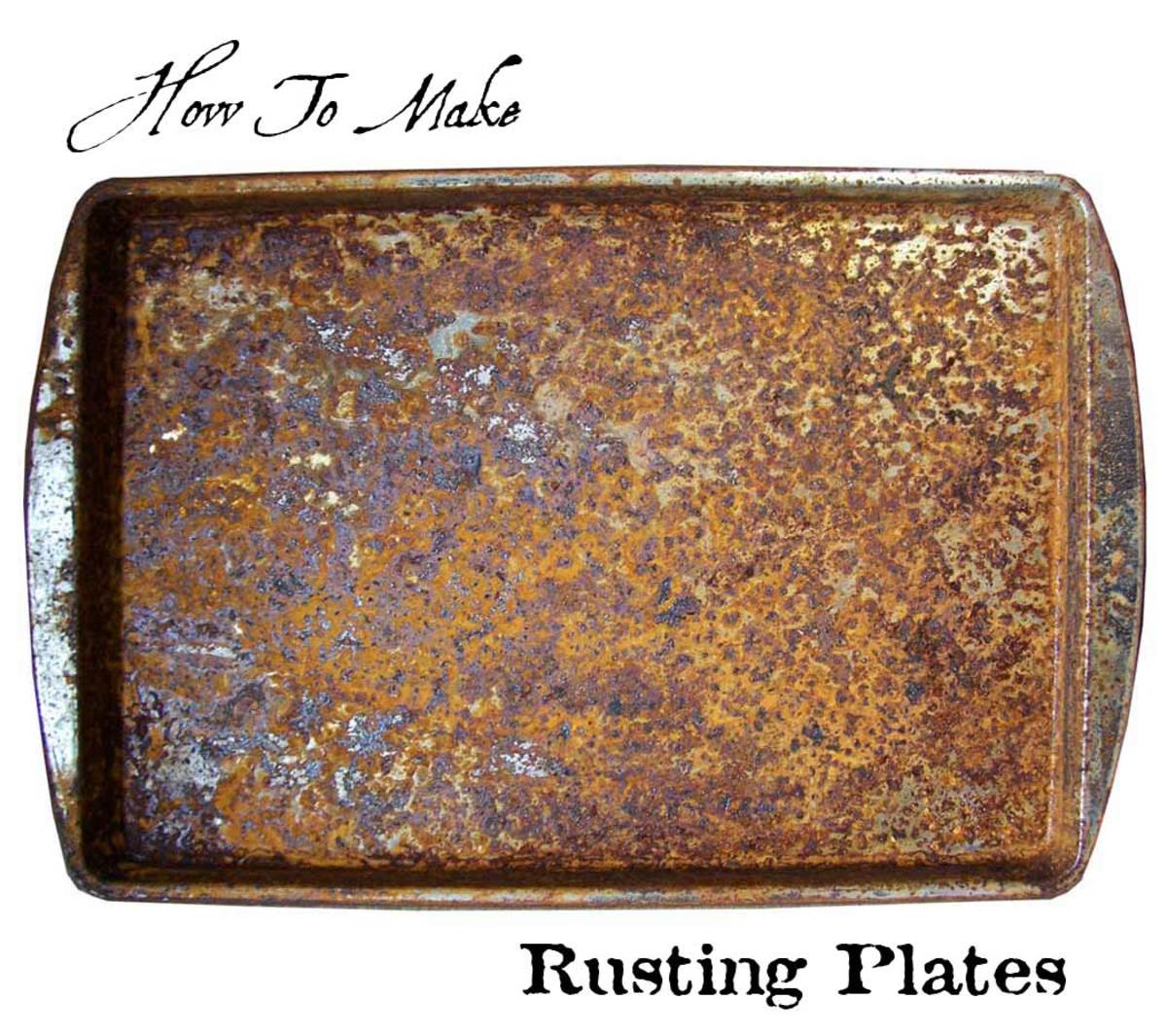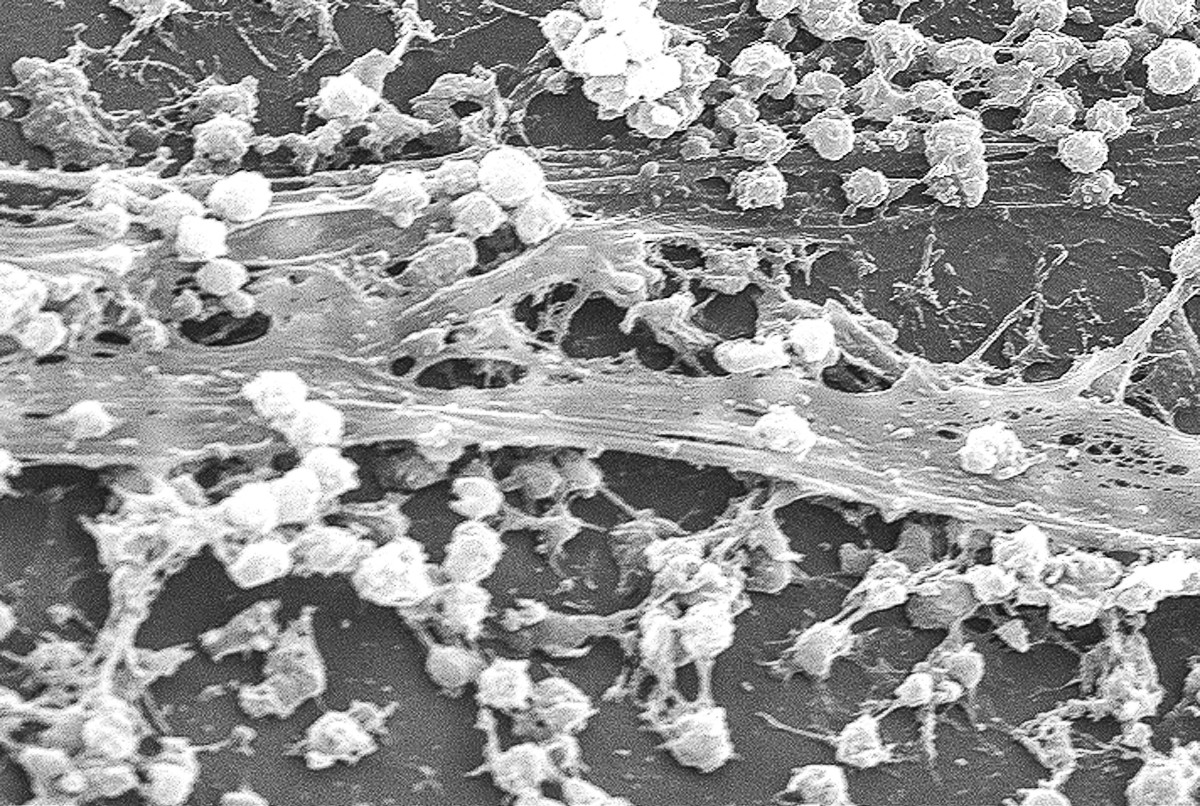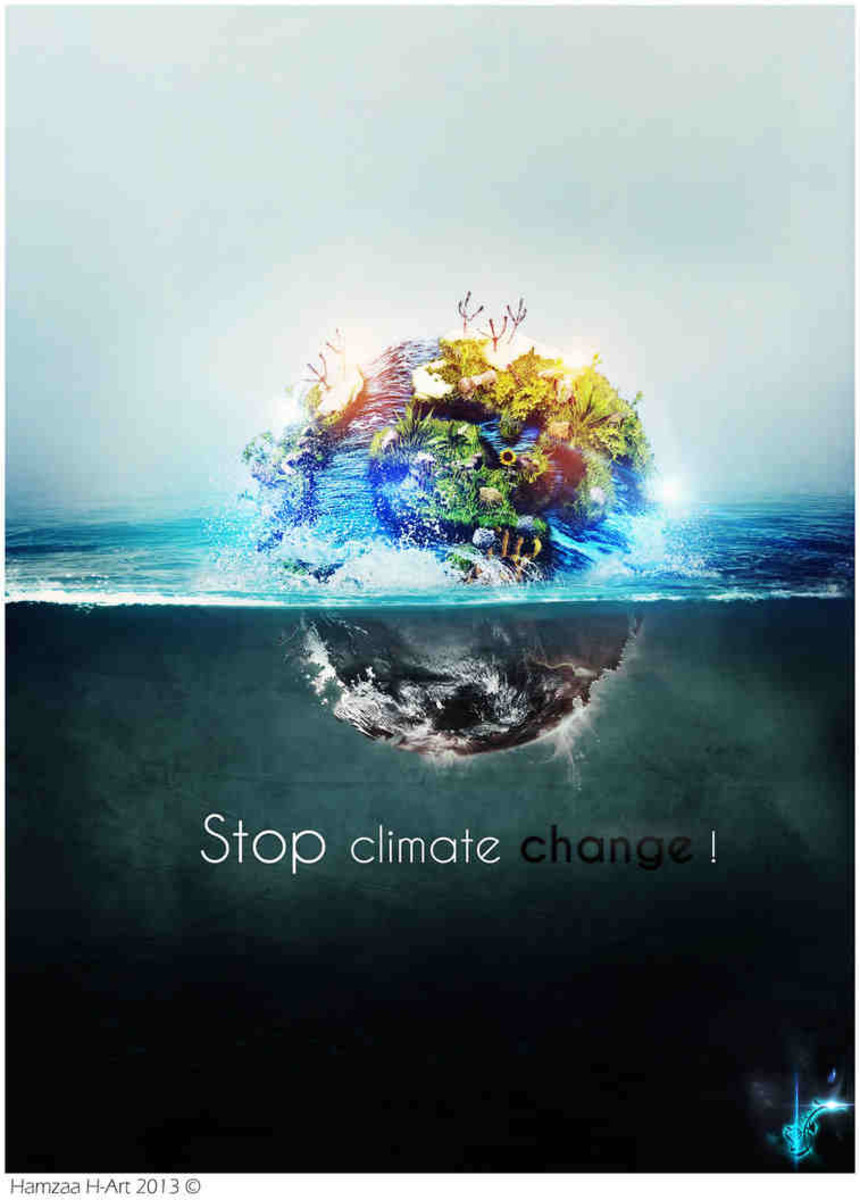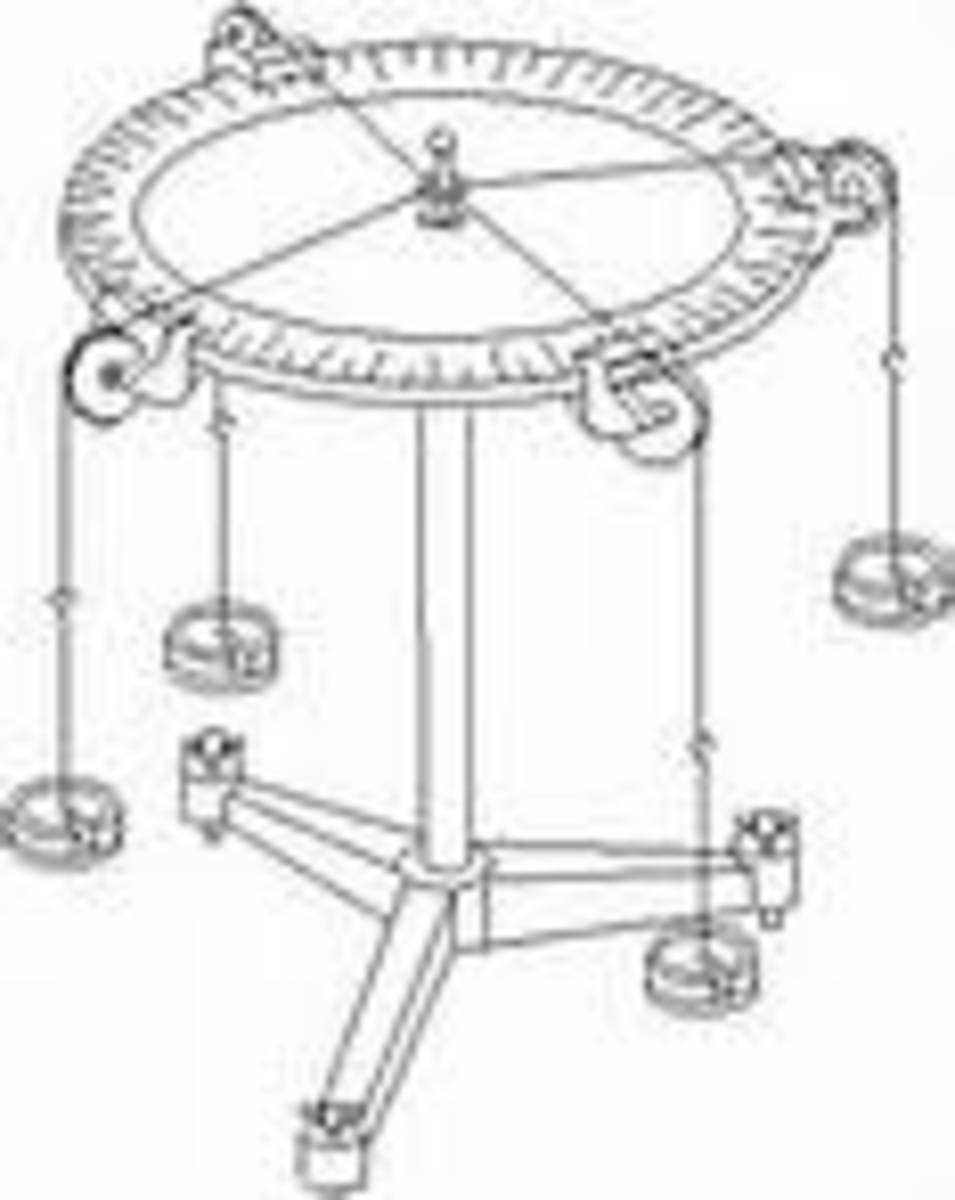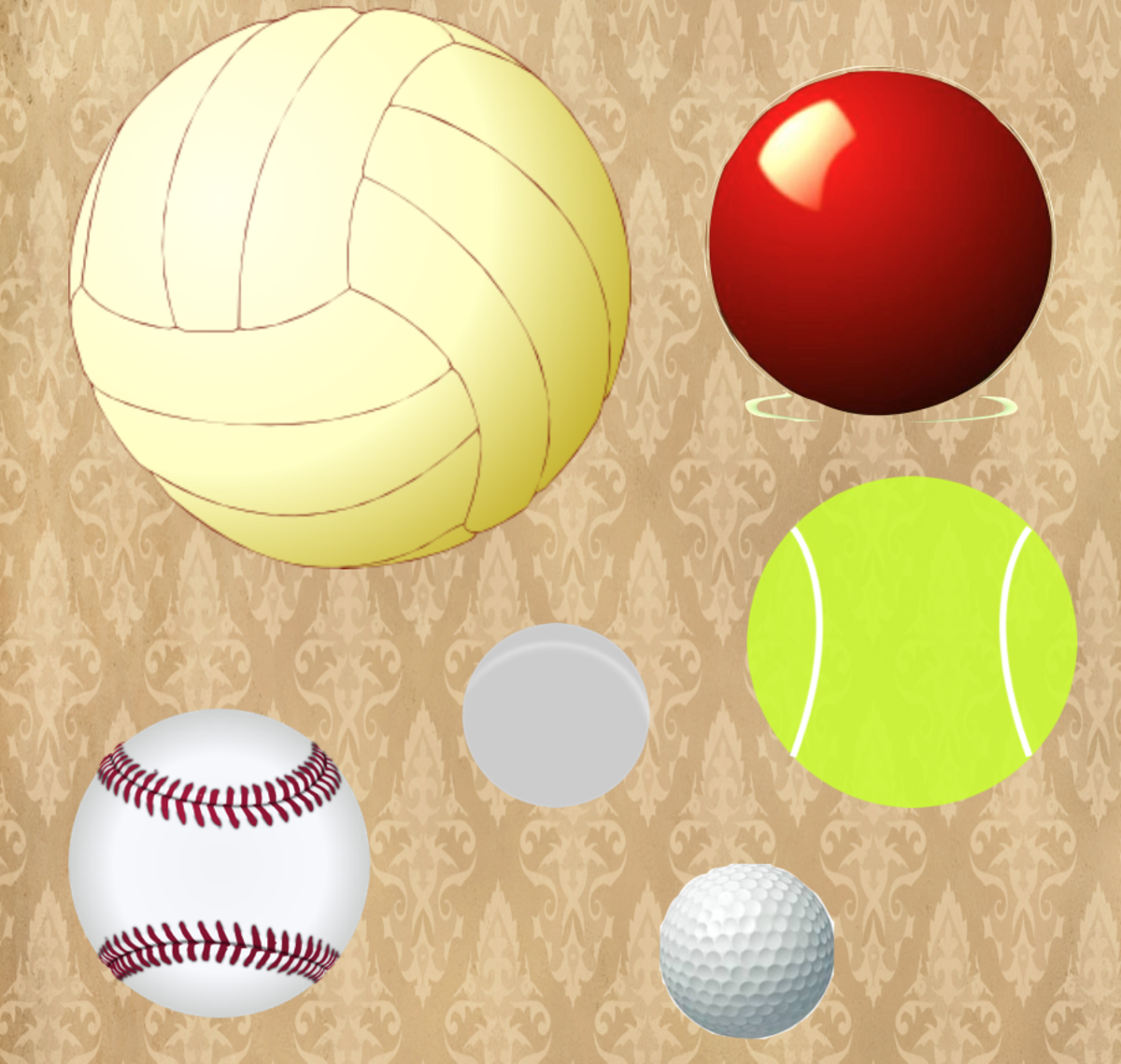Surfing Along on Surface Tension
By Joan Whetzel
Surface tension drastically affects the survival and day to day existence form many living beings here on Earth. Water striders, for instance, count on water's surface tension in order to skim the surface in its search for food. Surface tension is a requirement for wind to transfer its energy to the water and create waves. Waves produce rapid oxygen diffusion in both oceans and lakes. There are a number of factors and environmental factors that affect surface tension. It's important for scientists and engineers to understand surface tension and the factors that affect it in order to create newer and better solutions for treating water while keeping it ecologically balanced.
What Surface Tension?
A liquid's surface tension is defined as the energy it would take to for an object to break the surface. Water has a high surface tension, thanks to its strong molecular interaction or cohesion. Molecular interaction is the property that allows the water or other liquid to resist the external forces that would break the surface. In this way, many objects, ranging water striders to ships, float on the surface, even though they may be denser that the water itself. Of course, there are other factors playing into this, namely buoyancy (discussed below).
Surface tension is measured in dynes per centimeter (dynes/cm), or the amount of force it would take to break a liquid's surface that is 1 centimeter long. Water has a surface tension of 72.8dynes/cm, as compared to mercury, which has 465 dyne/cm or ethyl alcohol with its 22.3 dynes/cm.
How Surface Tension Works
The cohesive forces that keep liquid molecules linked is what produces surface tension. The molecules on the surface of the liquid don't have like molecules all around them. They only have like molecules next to them and underneath them, while they have air molecules or molecules of another liquid on one side (oil and water). The reality of having molecules of a different sort along one side is what makes them stick together more strongly, creating something like a "film" along the surface. The surface molecules, because they are so strongly attached to each other, resist stretching or breaking when an object is placed on top of the liquid's surface. The strength of the bonds determines the strength of the surface tension. Surface tension, however, can be affected by the temperature of the liquid and its density and a few other factors..
Factors that Affect Surface Tension
One factor affecting surface tension is the temperature of the liquid. If water temperature increases (gets warmer), the molecules expand, which weakens the bond between the molecules and diminishes the surface tension. In contrast, if the water's temperature gets colder, the molecules condense, thereby strengthening the bond and increasing the surface tension.
Molecule size affects the surface tension by increasing or decreasing the liquid's viscosity. Liquids with large molecules have greater viscosity whereas smaller molecules decrease the viscosity of a liquid. Molecular shape is another factor affecting surface tension. Round (spherical) molecules provide small amounts of resistance and lower viscosity, while oval shaped molecules and flattened disc-shaped molecules have a greater resistance and greater viscosity..
There is a point at which the surface may reach zero. For instance, household detergents contain a surfactant called sodium docedyl sulfate (SDS) that reduces water's surface tension. If the detergents in a region's waterways reaches a certain concentration, it will diminish the surface tension to the point that even the water striders will break the surface of the water and sink.
There are, of course, other contaminants that will negatively affect the surface tension of liquids. As a result, scientists have created several optical instruments that test water and other liquids, to determine the surface tension and figure out which contaminants may be present, and in what quantities. These tests help scientists look for ecologically suitable treatments.
Everyday Instances of Surface Tension
Surface tension can be seen everywhere. In the way water striders seemingly walk on water or boats and ships float. In the beading of raindrops on a shiny, waxed surface of a car. In the formation of drops as the get ready to drop from the faucet. In the way oil and water separate because of their different surface tensions. And in the way drops of wine cling to the side of a glass.
Buoyancy and Surface Tension
Buoyancy is different than surface tension, yet works with surface tension to keep objects afloat on a liquid's surface. Buoyancy has two definitions: (1) the propensity of objects to either float or rise back to the surface when submerged; and (2) the ability of a liquid to exert an upward force on a body resting on the surface of the liquid. All bodies feel the upward force of buoyancy (floating sensation) as well as the downward force of gravity (heavy sensation, weight). If a body placed on the surface of a liquid weighs more than the upward buoyancy, it breaks the surface tension and sinks. Objects that weigh less than the buoyancy remain afloat - unless they break the surface tension from some reason.
Part of this has to do with the liquid's density. Salt water, for instance, has a greater density than fresh water, and so it has greater buoyancy. This greater buoyancy allows heavier objects (fully loaded ships) float more easily without breaking the surface tension.
So how would a heavy cruise ship weighing more than 71,500 tons, for example, stay afloat? Especially once all the crew, luggage, supplies and passengers have added weight to the vessel. The combination of seawater's higher density and buoyancy help it stay afloat along with another principle called displacement. When "placing" a fully loaded cruise liner on the surface of the ocean, the weight of the ship presses down on the water's surface, displacing an equivalent amount of water outward in all directions. The water's buoyancy pushes upward, against the hull of the ship, with a force that's equal to the weight, keeping it afloat.
Ships are constructed so that they are less dense than the water - the materials are less dense and they hold air which is lighter than water. in addition, they have to displace their weight in water (push aside the amount of water that weighs the same as the fully loaded ship). At any time, if the ship has a greater density or weighs more than the water it's displacing, it will sink.
Additionally, the shape of the hull is important. Rounded hulls of cruise ships displace water more evenly and diminishes drag as it moves across the surface .The rounded bottom also makes the ship's movement through the water more stable, so passengers feel less of the effects of wave action. The v-shaped bottoms of some powerboats allow it to rise up high in the water (displacing less water), which permits it to skim its way lightly across the water's surface.
Bibliography
Absolute Astronomy. Surface Tension. Downloaded 1/18/12. http://www.absoluteastronomy.com/topics/Surface_tension
City Collegiate. Viscosity, Surface Tension. Downloaded 1/18/12. http://www.citycollegiate.com/viscosity.htm
Georgia State University – Hyperphysics. Surface Tension. Downloaded 1/18/2012. http://hyperphysics.phy-astr.gsu.edu/hbase/surten.html
Mellendorf, Dr. Ken. Newton: Ask a Scientist. Surface Tension and Floating. Downloaded 1/18/12. http://www.newton.dep.anl.gov/askasci/phy00/phy00598.htm
New World Encyclopedia. Surface Tension. Downloaded 1/18/2012. http://www.newworldencyclopedia.org/entry/Surface_tension
Pickover, Clifford A. The Physics Book. New York: Sterling Publishing, Inc, 2011.
Tutor Vista. Factors Affecting Surface Tension. 1/18/12. http://www.tutorvista.com/content/physics/physics-iii/solids-and-fluids/surface-tension-factors.php
The Water Campus WS. Surface Tension Teacher’s Guide. Downloaded 1/18/12. http://www.watercampws.uiuc.edu/waterclear/labs/lessons/surftension_teacher_guide.pdf


